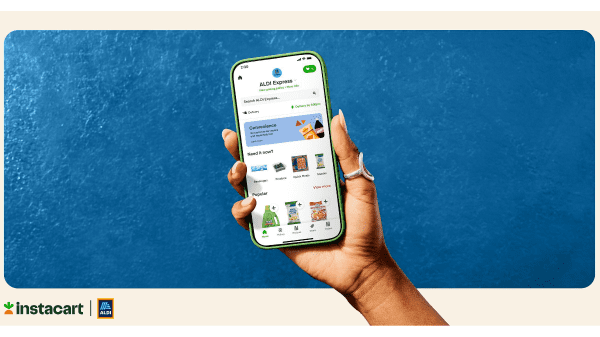The world of finance is paying some attention to the initial public offering (IPO) of the grocery delivery company Instacart, projected for the week of September 18.
There had been some doubt about its appeal to investors, inasmuch as many similar companies, including Uber, Lyft, and DoorDash, have never made a profit.

Instacart itself is now valued at around a quarter of its height of $39 billion.
On September 15, Instacart raised its proposed price range for its IPO, revising its terms slightly upward to target a fully diluted valuation of up to $10 billion. “The price hike signals robust investor demand for the San Francisco-based company,” notes Reuters.
(Fully diluted valuation means the market capitalization of a company once the supply of its stock has been fully released into circulation. It is essentially an estimate of a company’s future market capitalization.) Previously, on September 11, Instacart had set the valuation at $8.6-8.9 billion.
Instacart differs from many of its competitors in that it has actually managed to turn a profit—$242 million in the first half of this year.
Grocery delivery businesses have had two or three erratic years—a pandemic boom followed by flattening or declining sales. Profits have been correspondingly elusive.
Instacart’s profits hinge in large part upon its ads and software division, an increasing focus for the company as its delivery business has slowed.
Forbes delivers some insight into this matter:
“Consumers can use the company’s eponymous app to make their grocery purchases (on top of other non-food retailers), but many may not realize that Instacart is also behind grocers’ own ordering options. This is reflected in Instacart Enterprise Platform, one of the company’s three major revenue streams (the other two are Instacart Marketplace and Instacart Ads). The investment proposition is that grocery companies will find Instacart’s offering as a better alternative to building their own platform, they’ll use this tech to detect and capture insights that improve their sales, and then they’ll continue to spend more with Instacart as a result.”
Instacart’s own figures claim that it is connected to 85 percent of grocers in the United States. Consequently, Forbes notes, “Instacart will likely make their money regardless of who ends up winning in each local economy. For investors who want to expand their portfolio into the grocery industry, they may be better off with a tech partner like Instacart rather than trying to predict a winner among store operators.”
The end of the pandemic and the rise in inflation have not proved auspicious for online grocery. It has real value for many sectors of the public, yet apart from a few—such as the affluent but hyper-busy—these are precisely those that can least afford its delivery costs, such as the elderly, the disabled, and Gen Zers, who may feel comfortable with the tech aspect of online but may not be able to handle its surcharges.
At this point, it is easier to say that online grocery—Instacart and all—has a future than to say what that future might be.



